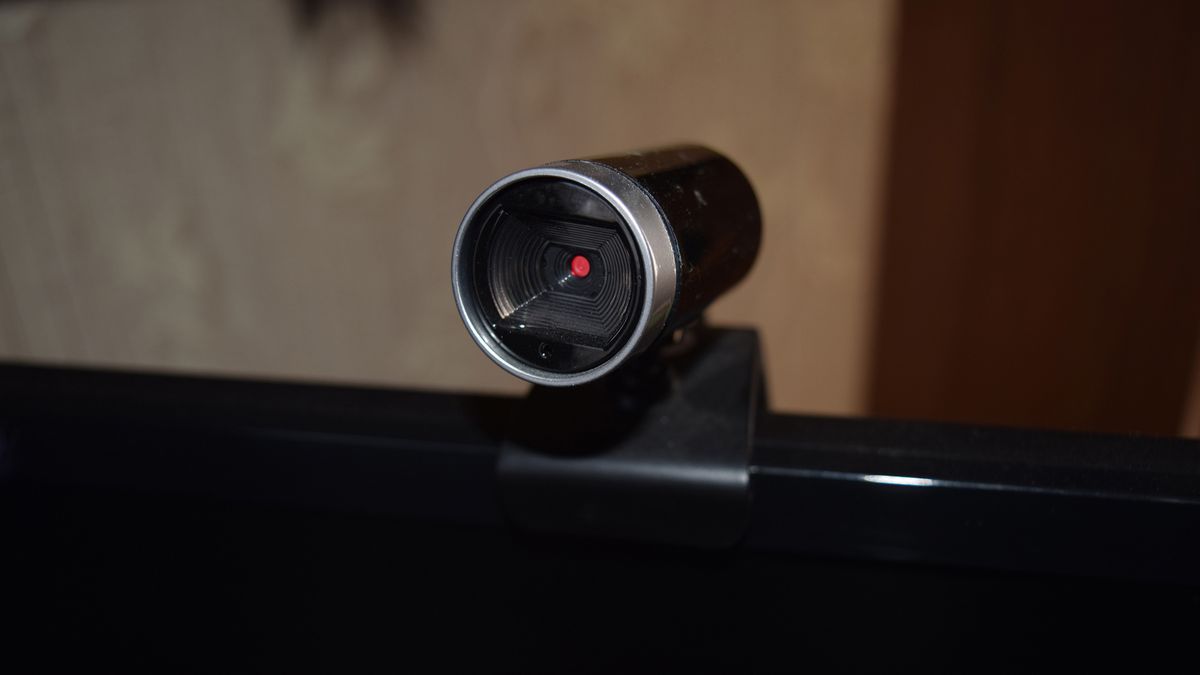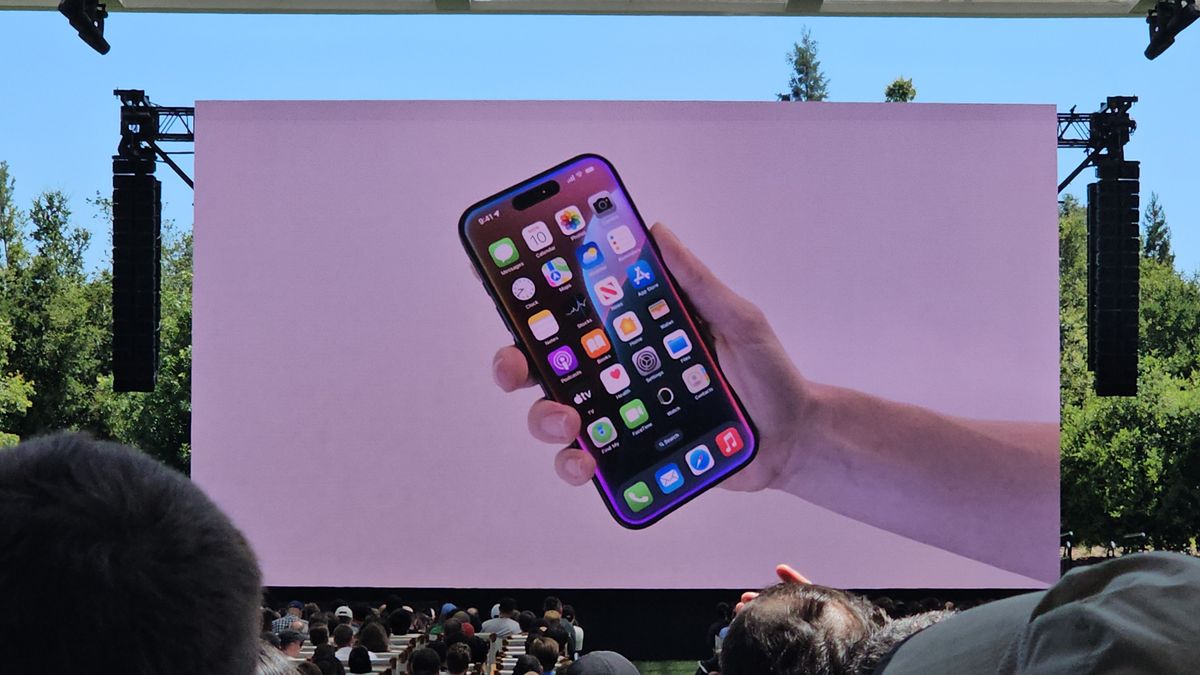A new threat to privacy has emerged, as scientists in the United States have found a way to spy on video feeds from cameras on devices ranging from smartphones to home security systems.
The method, known as EM Eye, can even capture images through walls, raising major concerns about the potential for misuse.
The research, led by Kevin Fu, a professor of electrical and computer engineering at Northeastern University, points to a vulnerability in the data transmission cables inside most modern cameras. These cables unintentionally act as radio antennas, filtering out electromagnetic information that can be captured and decoded to reveal real-time video.
Any camera potentially at risk
As reported by Technological exploration, the vulnerability exists because manufacturers focus on protecting the cameras' intentional digital interfaces, such as the upload channel to the cloud, but overlook the possibility of information leakage through accidental channels. “This cable was never intended to become a radio transmitter, but it is,” Fu explains. “If you have your lens open, even if you think you have your camera off, we're collecting.”
The EM Eye method has been tested on 12 different types of cameras, including those found in smartphones, dash cameras, and home security systems. The distance required for eavesdropping varies, but in some cases, it can be done from as far away as 16 feet.
The technique does not require the camera to be recording, meaning any device with the lens open is potentially at risk. Fu suggests that consumers consider using plastic lens covers as a first step in mitigating this threat, although he notes that infrared signals can still pass through them.
Fu hopes these findings serve as a wake-up call for manufacturers to address this vulnerability in their designs. “If you want to have a complete cybersecurity history, yes, do good science, but you also have to do computer and electrical engineering if you want to protect against these types of surveillance threats,” he says.
In a world where cameras are ubiquitous, this research highlights a significant and widespread risk to privacy. As Fu says, “Basically, anywhere there's a camera, there's a risk.”









